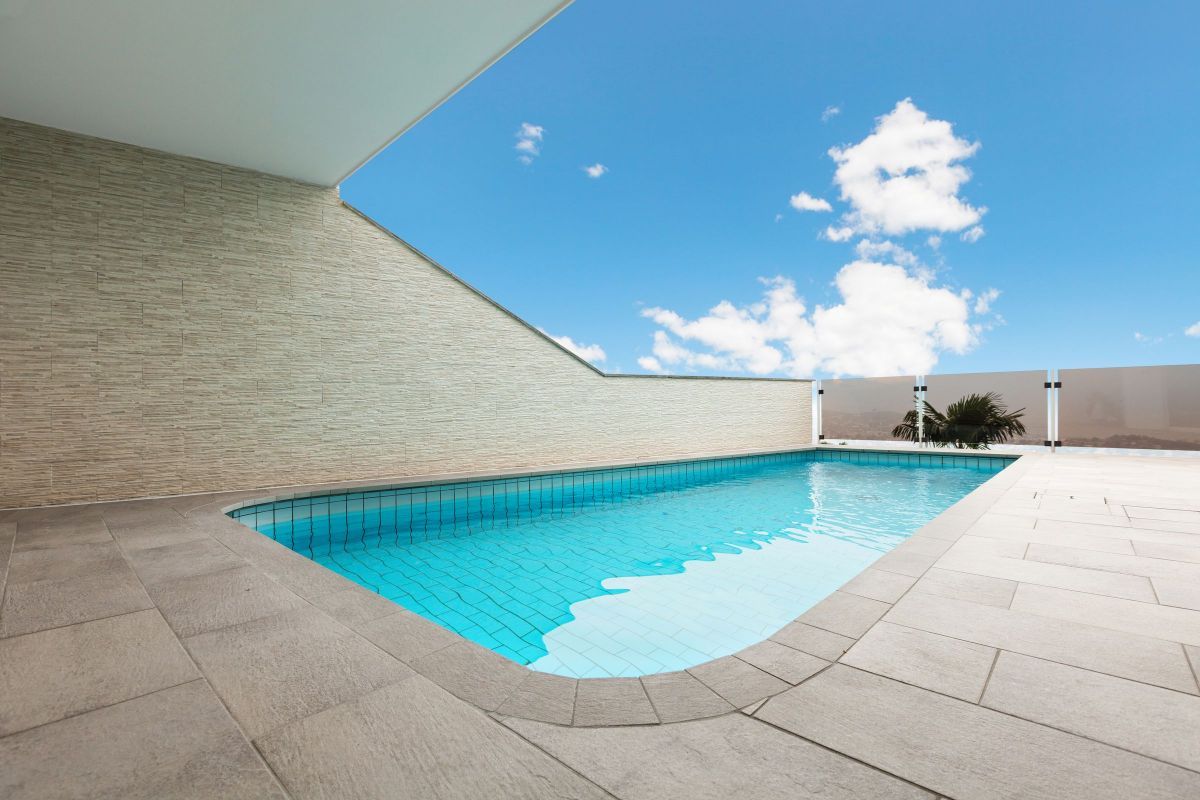As a water damage restoration and mold remediation educator, I have fielded various inquiries, many of which were about strikingly similar circumstances.
However, I just received a question I had never heard before on a circumstance I had never thought of: a phenomenon of tented water and damaged floor tiles buckling up!
This post was written to address that query. I was questioned in August 2015 about a ceramic tile floor that had been put on a concrete slab, and the tile had “buckled up” when I was teaching in Australia. Ceramic tile failed, like hardwood flooring that has been moist for a long time and eventually swells and heaves up.
What led to the tile’s buckling? My first instinct was to search for causes other than the tile or slab:
The tiles may have “pushed” off the floor due to the slab’s hydraulic (water) pressure.
Mastic or thinset may have lost its adhesive bond due to water seeping through the slab from below.
Both of these assumptions were wrong.

Buckling water damage to the floor’s tiles
The house was about seven years old and had extensive water damage. The drying had been done appropriately by the restoration business, but three months later, the floor had “tented.” (The flooring industry refers to the edges of tile that rise as “tenting”). The restorer displayed images of the floor’s tiles that had buckled up in this manner to me.
As the water-damaged tile edges rose, the tiles gradually “popped up,” the damage resembled when hardwood flooring “buckles.”
Moisture seeping through the concrete was one potential reason for the damage. After this failure, the ceramic tile floor was removed, but the underlying slab was still in excellent shape. Nothing, not a seam, not a crack. Other potential reasons for damage included: 1) the slab had shrunk, or 2) the ceramic tile had expanded (like wood does when it gets wet).
In all of my expertise, I have never seen or heard of anything like this occurring. I was perplexed. I couldn’t understand this circumstance, so I brushed it aside as an anomaly that didn’t seem to have a good explanation.

Tile floor with water damage and buckles
A student came up to me about one of his drying issues at a seminar at Nashville’s Restoration Sciences Academy in October. Similar to what I had been asked about in Australia, it involved water-damaged tiles. Now, if it had only happened once, I might have been able to brush it off as an inexplicable incident that was unlikely to happen again. Still, when it happened twice in the space of three months, I had to assume that something else was going on that I did not understand. I then went “back to the books” to do some in-depth study.
Science behind tiles
I learned a few things about science and engineering: Despite being burnt in a kiln, pottery will expand when it gets wet. Concrete slabs can also grow when they are wet and contract when they are dry. These claims are supported by science.
Although the science is complicated, I will attempt to describe it in words understandable to us professionals. First of all, let me dispel several myths, replacing them with facts:
Myth: Ceramic tile is inert and unaffected by water’s size.
Although concrete slabs may absorb water, the slab’s measurements remain constant.
Facts: All types of ceramic tile will absorb water and grow in size.

Ceramic tile remains in its extended state after drying; it does not shrink back to its pre-loss proportions. Because of this, ceramic tile producers demand that installers put expansion joints in the center of every floor they put.
When flooded, concrete slabs will enlarge.
Unlike ceramic tile, concrete shrinks back to its original size when it dries.
This means that when ceramic tile laid over a concrete slab becomes water-damaged, both the ceramic tile and the slab will enlarge. The ceramic tiles do not shrink back to their original size after dried, whereas the slab does. The resultant stress either leads to a “tenting type” failure or causes the ceramic tile flooring to break when the concrete slab subfloor contracts and the flooring itself does not contract back. Engineering jargon used to describe this phenomenon includes the following:
Absorption: When a solid material takes in water vapor.
Water molecule capture is hydration.
When dried, ceramic tiles with free silica and/or silicates expand due to a process known as chemisorption.

Water is absorbed chemically and physically onto the amorphous phases within the tile body, which causes moisture expansion. Many factors that are essentially unknown to restorers influence the degree of expansion as moisture penetrates ceramic tiles. Among these variables are:
The tile material’s real mineral makeup. (Clay is used to making the majority of tiles, but the composition of each clay varies depending on its source.)
To what degree was the tile burned?
The duration of the tile’s firing
How many times was the tile fired to anneal (strengthen) its interior structure?
If the top surface is glazed, and if it is, what kind of glazing compound was employed?
According to established science, Ceramic tile absorbs water and can expand, but this expansion doesn’t always seem to occur. If ceramic tile may expand, how much can it expand? The expansion may be so modest as to be invisible or undetected to the unaided eye.
According to research, expansion can be in the range of 0.9 millimeters for every meter of tile length (of the installed floor). When expressed in inches: Every 20 feet of flooring experiences 0.25 inches of expansion. Although this may seem like a small amount of expansion, if the tile is laid with little to no grout line spacing, any expansion could result in tenting or buckling of the tile.

Beware, restorers
What does this all entail for restorers? The majority of us believe that ceramic tile is essentially inert, barely absorbs water, and, if it does, dries out without any problems. Except when it is not, this way of thinking is largely accurate.
Restoration professionals need to be aware of the possibly uncommon circumstances in which water-damaged tile absorbs water, expands, and does not contract after drying. The ceramic tile may eventually experience this expansion, usually weeks to months after the incident, and may either rise up or buckle.
Can the restorer predict whether this type of tile breakdown will occur on a drying work with ceramic tile put over a concrete slab during the water damage inspection?
No, is the response. There are too many unknown factors and impossible to discern (for example, at what temperature the tiles were fired). Due to the rarity of this sort of failure, not every water loss involving ceramic tile over a concrete slab requires removal due to this phenomenon.
However, insurance adjusters must be informed of the possibility of ceramic tile failure. The restoration company could be held liable if a water-damaged tile floor collapses a few weeks after the drying process has been finished. They are discussing the potential for tile flooring failure before the eventual occurrence is preferable.











Your comment submitted.